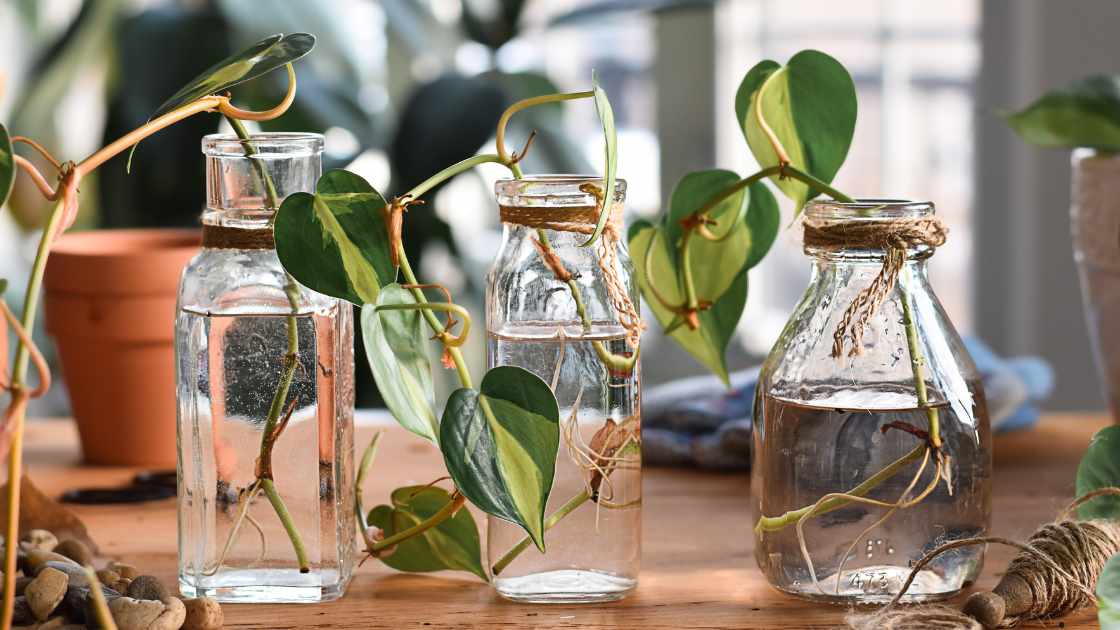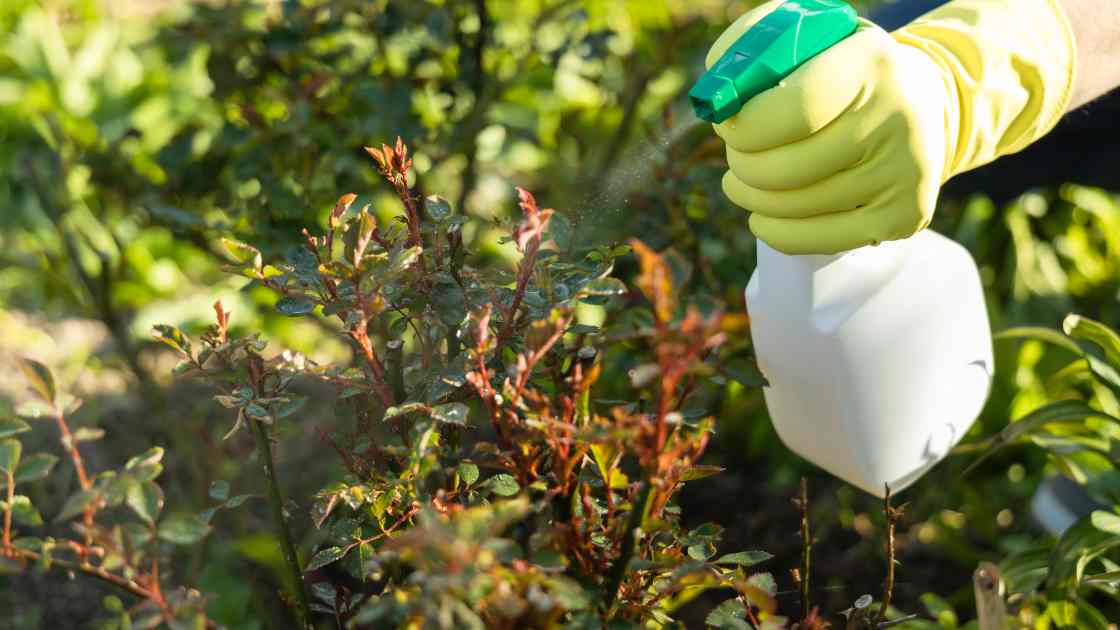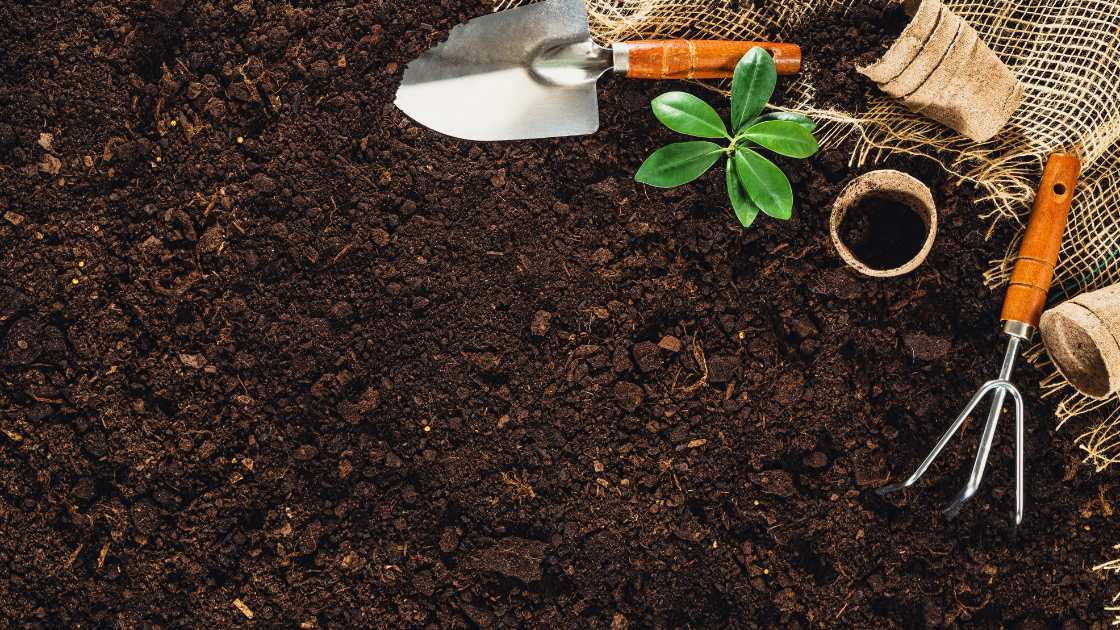Growing houseplants in low light conditions can be challenging, but it is entirely possible with the right plant selection and care techniques. This guide will walk you through the best practices, plant options, and tips for keeping your indoor plants thriving even in dim environments.
Choosing the Right Plants for Low Light
Best Low-Light Houseplants
Snake Plant (Sansevieria): Tolerant of neglect and low light.
ZZ Plant (Zamioculcas zamiifolia): Requires minimal care and thrives in dim areas.
Pothos (Epipremnum aureum): Known for trailing vines and adaptability.
Peace Lily (Spathiphyllum): Adds elegance and even flowers in low light.
Cast Iron Plant (Aspidistra elatior): Hardy and practically indestructible.
Ferns (e.g., Boston Fern): Great for humidity-loving, shady spots.
Lighting Requirements for Low-Light Plants
What Qualifies as Low Light?
Low light refers to areas without direct sunlight, such as corners, hallways, or rooms with only artificial lighting. These areas typically have less than 100 foot-candles of light.
Supplementing Light Sources
LED Grow Lights: Energy-efficient and mimic natural light.
Fluorescent Bulbs: Affordable options for providing indirect light.
Clip-On Lamps: Adjustable and portable for targeted lighting.
Soil and Potting Tips
Soil Selection
Use well-draining potting soil to prevent overwatering and root rot.
Consider adding perlite or sand to improve drainage.
Pot Choice
Choose pots with drainage holes.
Avoid oversized pots that retain excess moisture.
Watering Strategies for Low-Light Plants
Water Sparingly
Plants in low light consume less water. Allow the soil to dry slightly between waterings to prevent root rot.
Use the Finger Test
Insert your finger about an inch into the soil. Water only if it feels dry.
Avoid Overwatering
Ensure pots have drainage holes.
Empty saucers to prevent standing water.
Humidity and Temperature Considerations
Increase Humidity
Group plants together to create a microclimate.
Use pebble trays or a humidifier in dry environments.
Maintain Optimal Temperatures
Most low-light plants thrive at 65–75°F (18–24°C).
Avoid placing plants near drafts or heating vents.
Fertilizing Low-Light Plants
Use Diluted Fertilizer
Apply a balanced, water-soluble fertilizer every 4–6 weeks during the growing season.
Reduce Feeding in Winter
Plants grow slower in low light during colder months, so cut back on feeding.
Common Problems and Solutions
Yellowing Leaves
Cause: Overwatering or poor drainage.
Solution: Allow soil to dry out and improve drainage.
Leggy Growth
Cause: Insufficient light.
Solution: Rotate the plant periodically and add supplemental lighting.
Mold or Fungus Gnats
Cause: Overly damp soil.
Solution: Water less frequently and improve ventilation.
FAQs
Can houseplants grow without natural sunlight?
Yes, many plants can thrive under artificial light, such as LED grow lights or fluorescent bulbs.
How often should I water low-light plants?
Water only when the soil feels dry about an inch below the surface, typically every 1–2 weeks.
What are the easiest low-light plants for beginners?
Snake plants, ZZ plants, and pothos are excellent choices for beginners due to their resilience.
Do low-light plants grow slower than those in bright light?
Yes, plants in low light conditions typically grow at a slower rate compared to those in brighter environments.
Final Thought
With the right plant selection, soil, lighting, and care techniques, you can successfully grow houseplants in low light conditions. Focus on hardy plants that adapt well to dim environments, water sparingly, and provide supplemental light as needed. By following these tips, you’ll enjoy lush, healthy greenery even in the darkest corners of your home.




